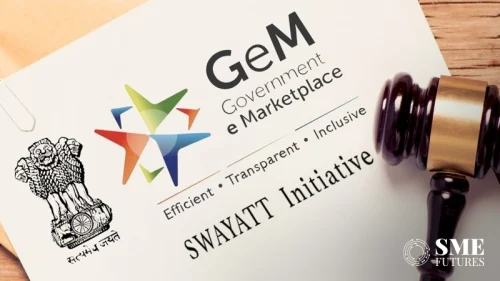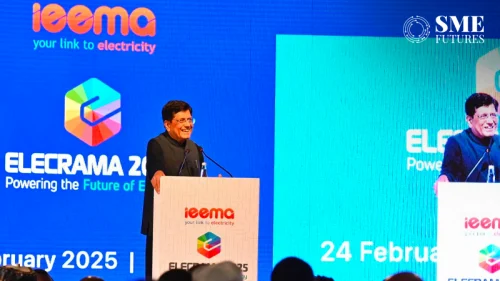In a bold move, the PHD Chamber of Commerce and Industry has voiced its profound concerns over the daunting challenges faced by industries operating within the purview of the Insolvency and Bankruptcy Code (IBC) process. Following extensive consultations with its members, the chamber has articulated a comprehensive list of issues, urging stakeholders to address these hurdles for the optimal facilitation of business operations.
In a letter written to Ravi Mittal, Chairman of The Insolvency and Bankruptcy Board of India, PHDCCI mentions the following issues that industries are facing.
Limited NCLT Benches Bandwidth: The PHD Chamber highlights significant delays in decision-making at the National Company Law Tribunal (NCLT) due to limited bandwidth. Prolonged litigations post-approval of resolution plans challenge the objective of speedy resolutions set by the IBC.
ED Attachment of Assets: The attachment of Corporate Debtor’s (CD) assets by the Enforcement Directorate (ED) hampers the Corporate Insolvency Resolution Process (CIRP) and liquidation. NCLT/NCLAT directives to approach special courts for asset release add to the time-consuming nature of the process.
Conflicting Amendments in IBC: Amendments in the IBC conflict with other Indian Acts, such as the conflict between Section 31(4) of the IBC and Section 6 of the Competition Commission of India (CCI) Act. Divergent timelines in IBC and CCI Act add complexity.
Challenges in Resolution Plan Implementation:
- Compliance issues under various regulations delay approved resolution plan implementation.
- Imposition of penalties post-acquisition for pre-existing non-compliances despite assurances of a clean slate.
- Lack of integration of Ministry of Corporate Affairs (MCA) portal with IBC, necessitating physical filings and coordination with RoC officials.
Call for Single Window Clearance:
- Merger/demerger processes approved in resolution plans should not require additional approvals under the Companies Act.
- Shifting the registered office of CD between states, if part of the resolution plan, should not demand extra approvals.
Discouraging Tax Litigations: Tax authorities should refrain from litigations against CD/RA for settled ‘crown debts’ as per the approved resolution plan.
Simplified Tax Structure: Clear provisions under tax laws regarding the implications of write-offs on loans under IBC will instill confidence in lenders and acquirers during acquisitions.
Concerns Over GAAR: Acquiring unrelated businesses may raise concerns about the General Anti-Avoidance Rule (GAAR) implications if the CD has tax losses.
Protection of Existing Contracts: Statutory authorities/regulators should refrain from canceling existing long-term contracts during the sale process, ensuring the value of the CD is maintained.
Resolution Plan Clean Slate Extension: The concept of a ‘clean slate’ provided to RA for approved resolution plans under CIRP should extend to acquisitions under liquidation processes.
Awareness Among State Regulators: Lack of awareness among state regulators about IBC acquisitions creates challenges in implementing approved resolution plans at the ground level.
Settlement of Liabilities Post Acquisition: The concept of settling liabilities until the CIRP commencement date should extend to the actual acquisition date, relieving the RA of pre-acquisition liabilities.
The PHD Chamber expresses confidence that conscientious attention to these challenges will optimise the facilitation of business operations, ensuring a smoother and more efficient IBC process.











